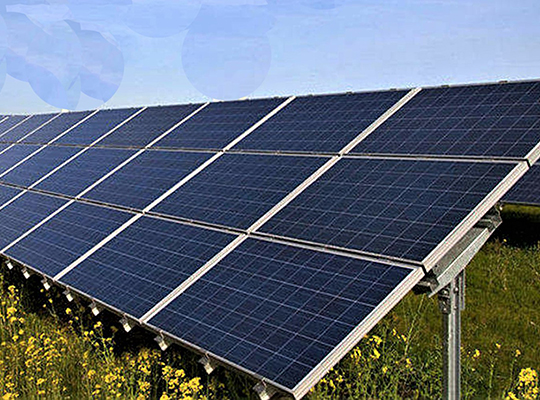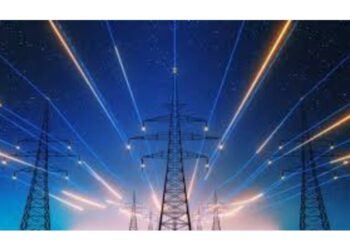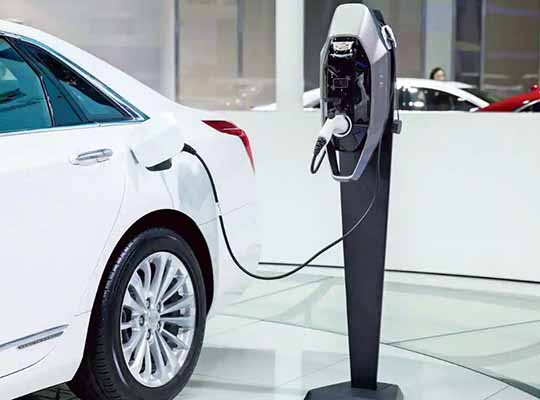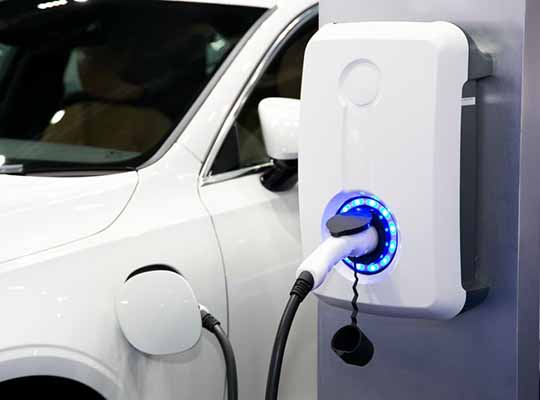The United Nations Framework Convention on Climate Change (UNFCCC) conducted its 26th Conference of Parties, or COP 26, a few weeks ago in Glasgow, Scotland. A global summit, where countries reassessed their climate promises made under the 2015 Paris Agreement and disclosed commitments. India took a lead and committed to cut GHG emissions by half by 2030 and achieve “net-zero” status by 2070. India has also declared that by 2030, it would have installed renewable energy (RE) capacity of 500 gigawatts (GW), accounting for half of its total energy demand. The transition from fossil-fuel-based energy to renewable energy will not only aid in the decarbonisation of the energy industry and market, but it also aids in the reduction of Green House Gases (GHG) emission.
With a focus on transitioning to renewable energy (RE), there has been constant policy push towards increased adoption of renewable energy. The RE generation in India has accelerated with a CAGR of 17.33% from FY16 to FY20. The Indian government has consistently backed this industry to make it more appealing to investors and at present India’s RE sector is the world’s fourth-largest renewable energy market. India has now got renewable energy generating capacity of a little over 150 GW and plans to achieve 175 GW by 2022. Solar would account for 100 GW, wind for 60 GW, bio-electricity for 10 GW, and small hydropower for 5 GW. In November 2021, India achieved 150 GW, accounting for 38.4 percent of the country’s total installed power capacity. In FY20, India’s total electricity generation from RE sources was 127.01 billion units, these numbers reflect progress on our initiatives and that we are moving in the right direction in achieving the same.
On the investments front, the Indian RE sector is expected to attract $80 billion in investment in the next four years. FDI inflow into India’s non-conventional energy industry totalled US$ 10.28 billion from April 2000 to June 2021 according to a study by the Department for Promotion of Industry and Internal Trade (DPIIT). To date, more than US$ 42 billion has been invested and it is set to explode in 2022, with a projected investment of more than $15 billion as the government concentrates on electric cars, green hydrogen, and solar equipment manufacture.
It is expected that by 2040, renewable energy will account for around 49% of total power generation as more effective batteries are utilised to store electricity, lowering the cost of solar energy by 66% compared to today’s cost. According to a study conducted by the Central Electricity Authority (CEA), renewable energy generation would expand from 18 percent to 44 percent by 2029-30, while that of thermal power is expected to reduce from 78% to 52%.
Being the world’s third-largest emitter of carbon emissions, India plays a role in mitigating climate change. Keeping this in view, to achieve its 2030 targets, the Government will have to take additional initiatives both at the policy level and ground level to support the installation activities. Further, to fuel the growth in the RE sector, the Government has planned that every state in the country will construct a “green city” powered by renewable energy. Solar rooftop systems on all of its homes, housing societies, solar parks on the city’s outskirts, waste-to-energy facilities, and electric mobility-enabled public transportation systems will be used to mainstream environmentally friendly electricity.
India’s renewable energy industry is the world’s fastest-growing renewable energy market. With a focus on self-reliance and domestic manufacture of high-efficiency solar PV modules under the Production-Linked Incentive (PLI) plan, India’s renewable energy sector is expected to become more inventive and less reliant on imports. Though the path to net-zero carbon emissions is of considerable length, the intended goal can only be accomplished with a well-structured institutional framework and comprehensive power sector changes. The RE transition so far is commendable, however, there is a lot to be done. Setting the right regulatory, technology and financing enablers would help India achieve its RE target timely.

Shreyash Gowda
The Author is the Vice President – (Sales & Products) of Oorjan Cleantech (https://www.oorjan.com) is one of the leading innovative and fastest growing technology and finance enabled distributed solar energy company for rooftop solar in India.












